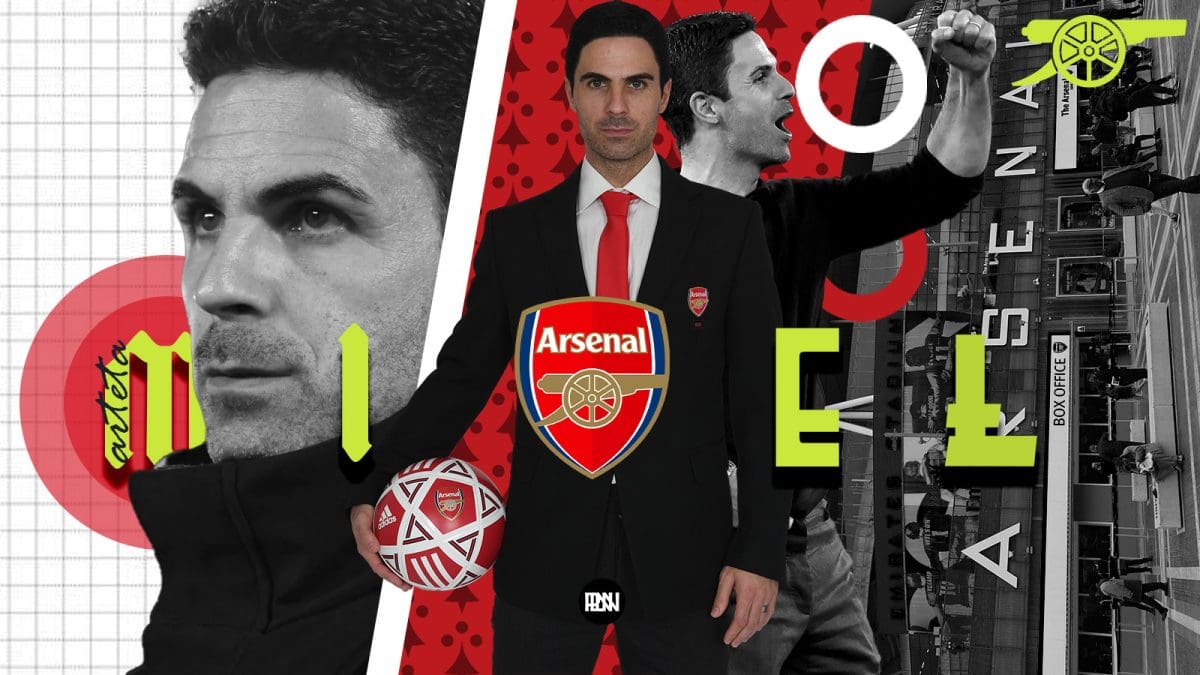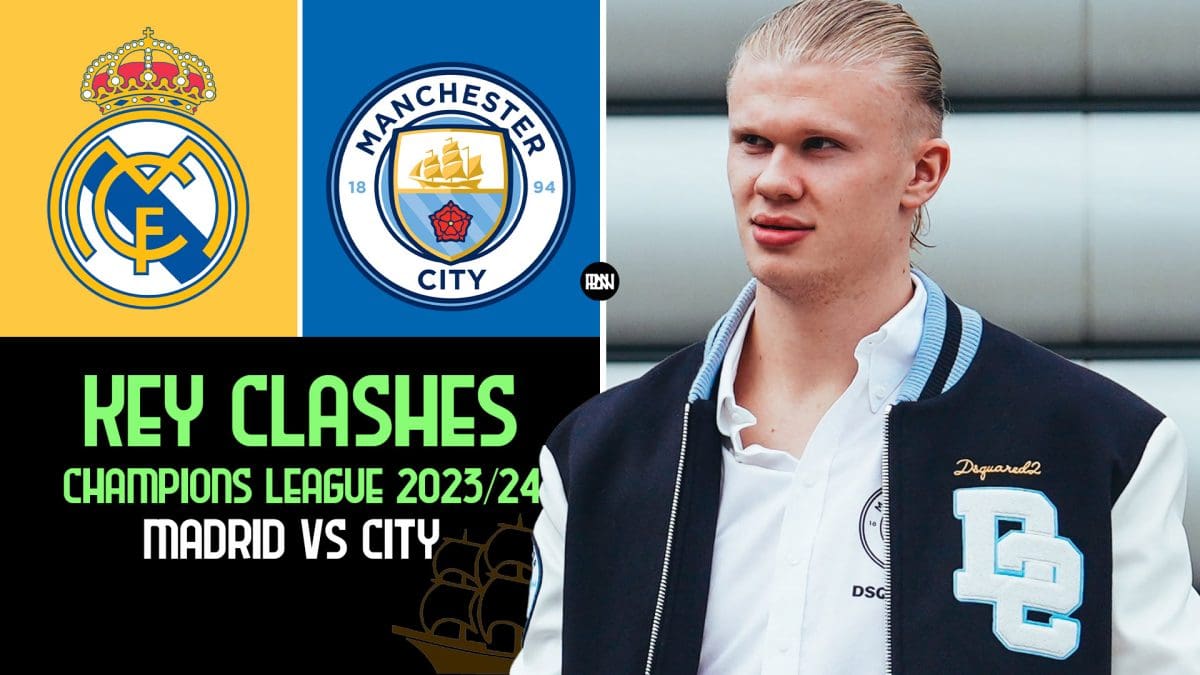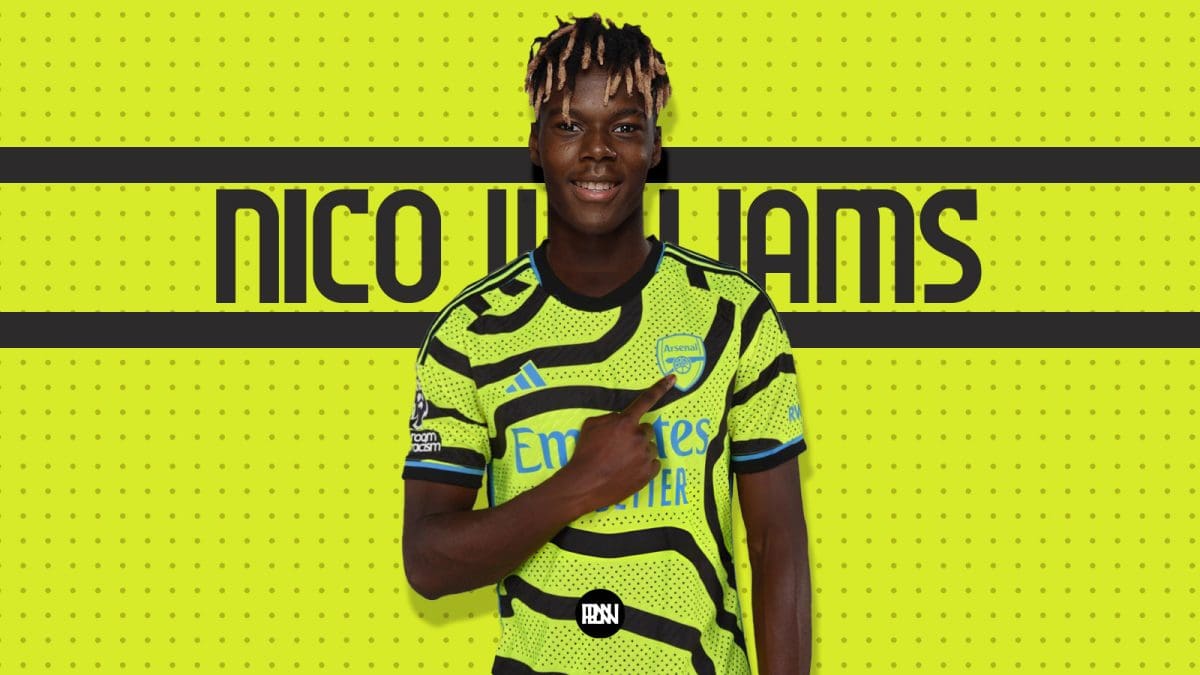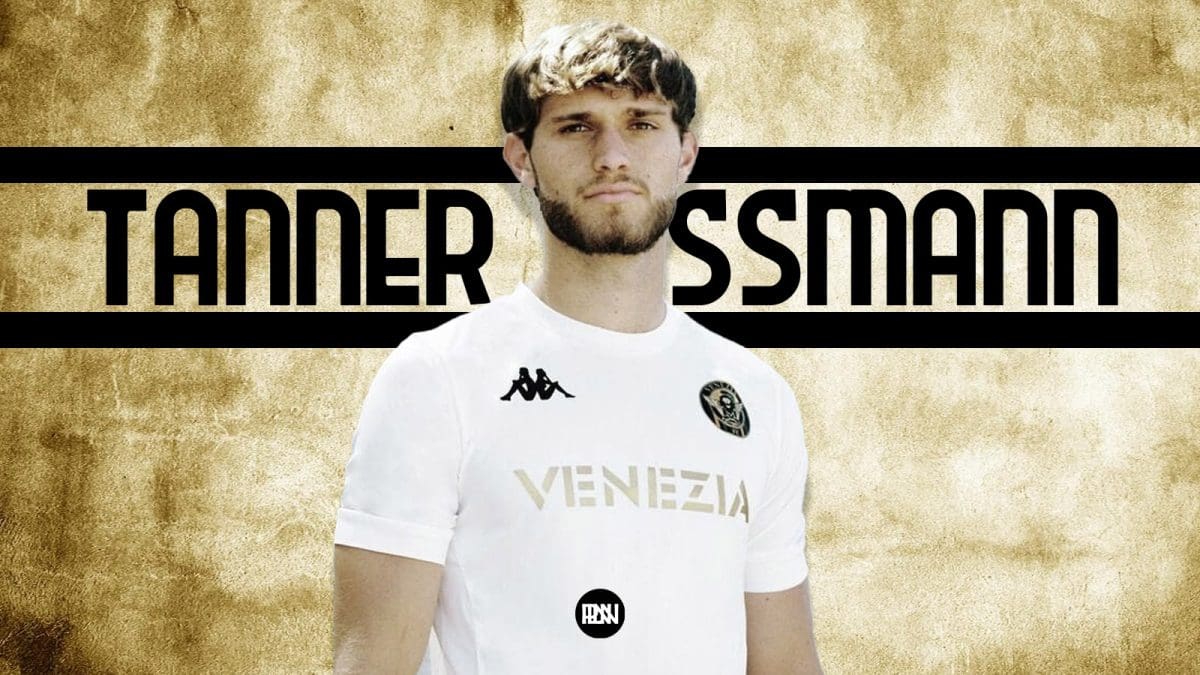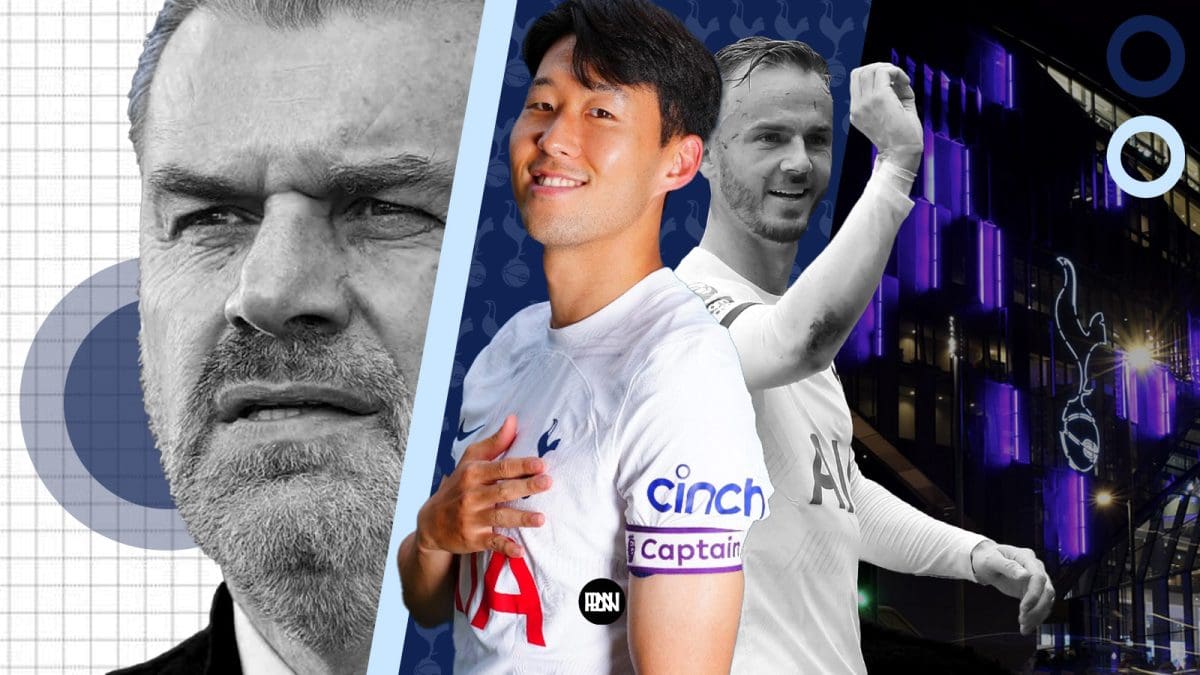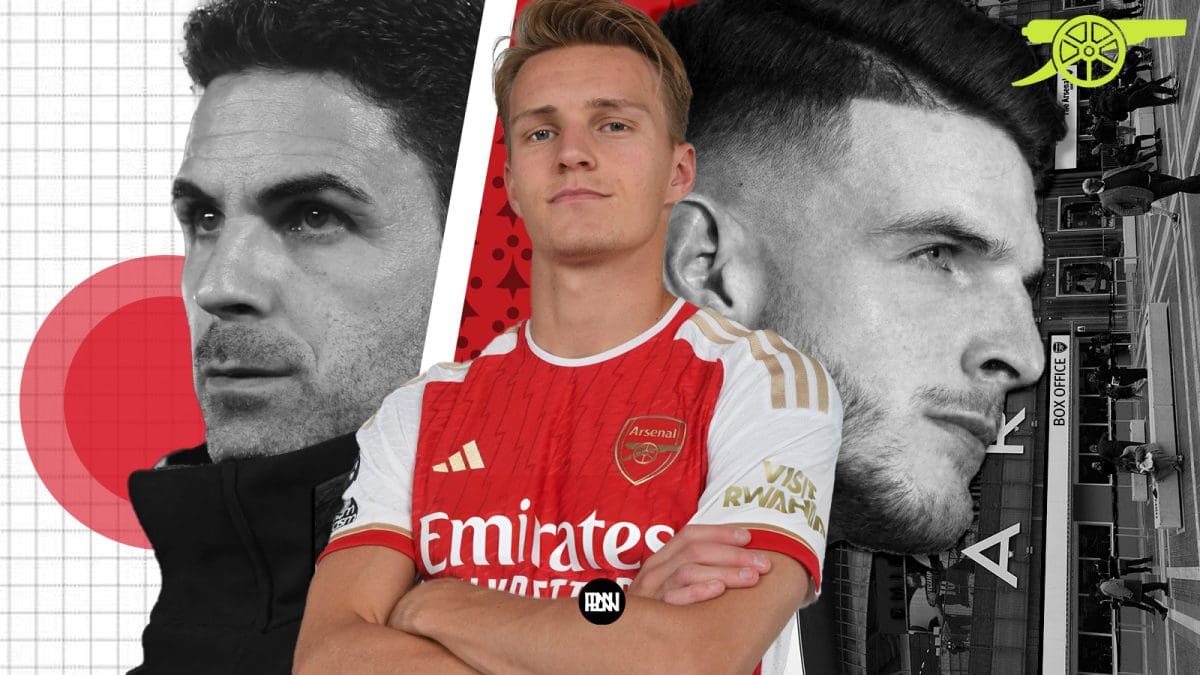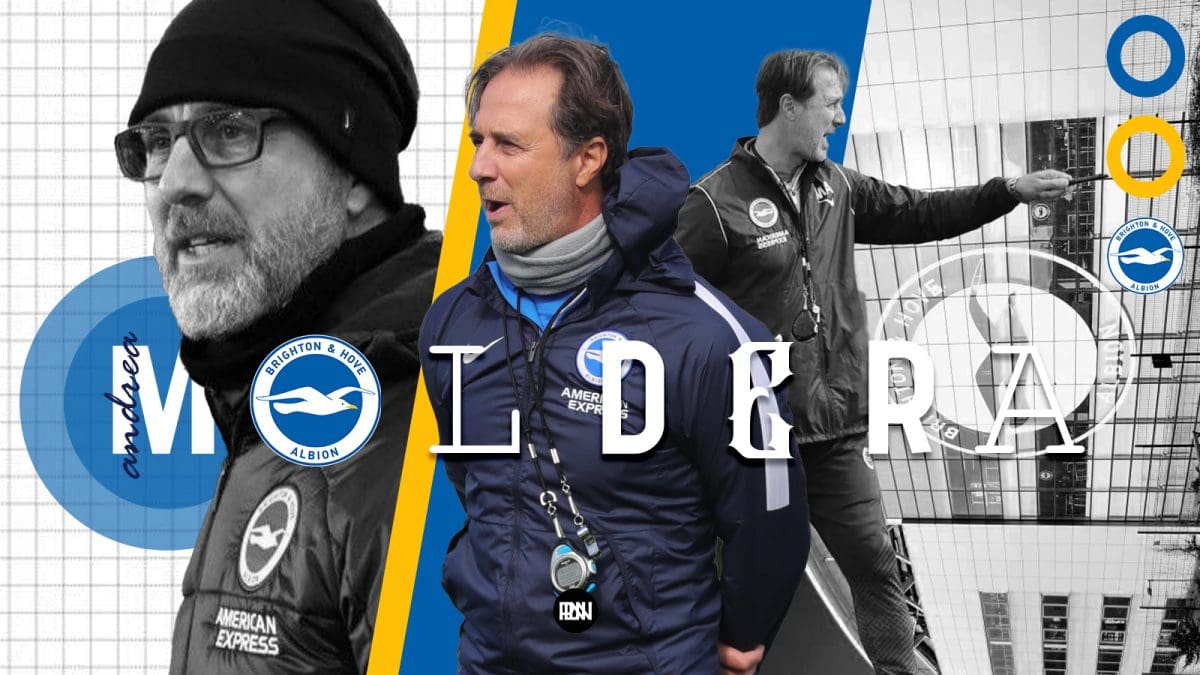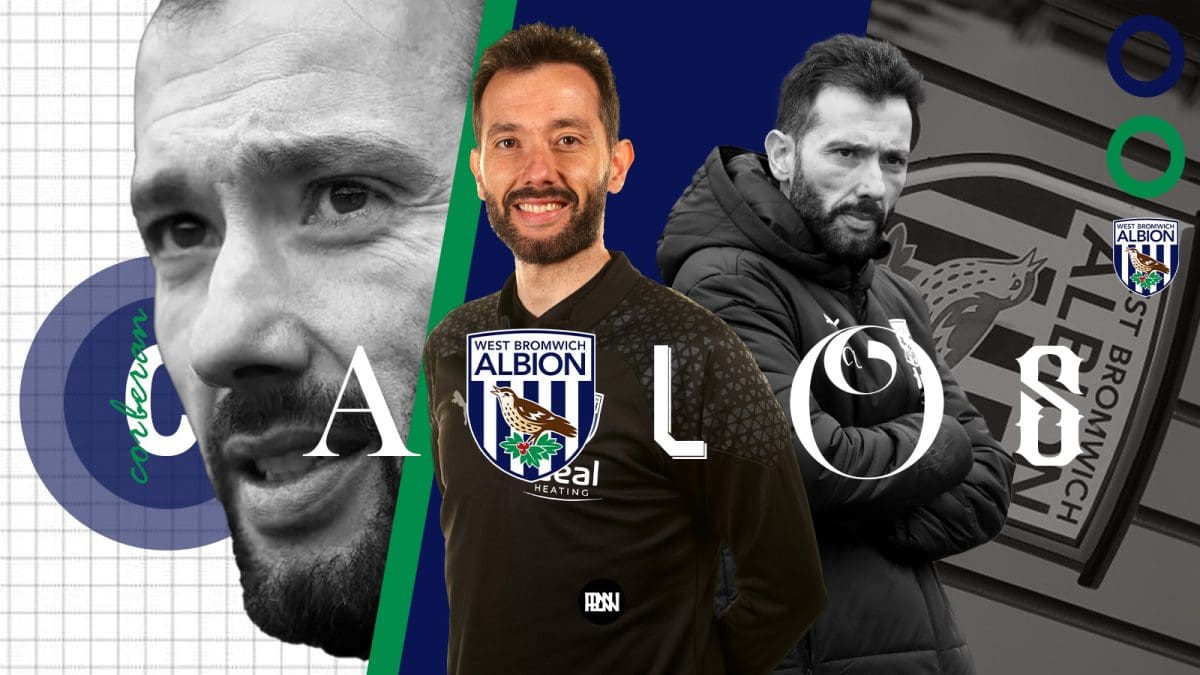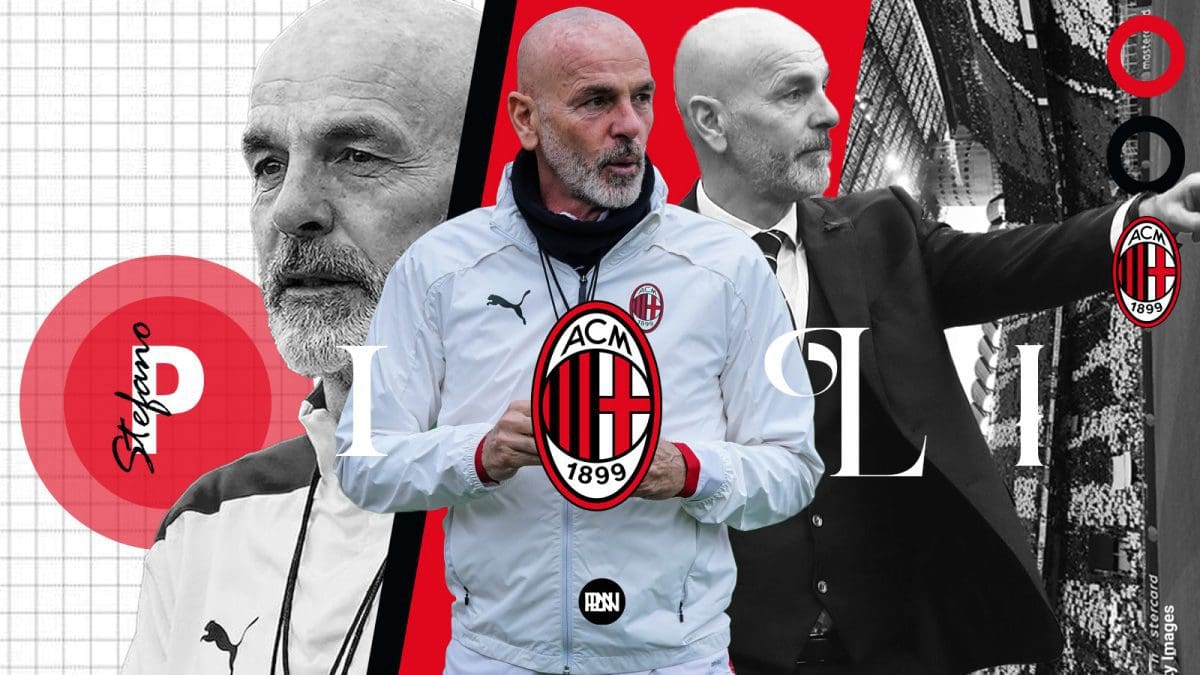“Though no man, no matter how great, can know his destiny, some lives have been foretold, Merlin. Arthur is not just a king, he is the Once and Future King. Take heart, for when Albion’s need is greatest, Arthur will rise again.”
In the realm of English football, few clubs boast the rich history and tradition of Arsenal. From their invincible season in 2004 to their recent struggles, the Gunners have experienced ups and downs that have tested the patience of their loyal supporters. However, under the guidance of former player Mikel Arteta, Arsenal are undergoing a tactical revolution that is reinvigorating the club and bringing them back into contention for silverware.
The Mikel Arteta Era
Taking the reins in December 2019, Arteta arrived at Arsenal fresh from a successful stint as an assistant coach at Manchester City. In his first season, he led the Gunners to victory in the FA Cup but finished a disappointing eighth in the Premier League. The following season yielded similar results, with Arsenal again finishing in eighth place. Despite this, the club’s management recognized the potential in Arteta’s vision and decided to stick with him.
The Playing Methodology
One of the key aspects of Arteta’s tactical approach is his commitment to a possession-based style of play. Drawing inspiration from his time working under Pep Guardiola at Manchester City, Arteta has implemented a philosophy that prioritizes maintaining control of the ball and playing out from the back, even when under pressure from the opposition.
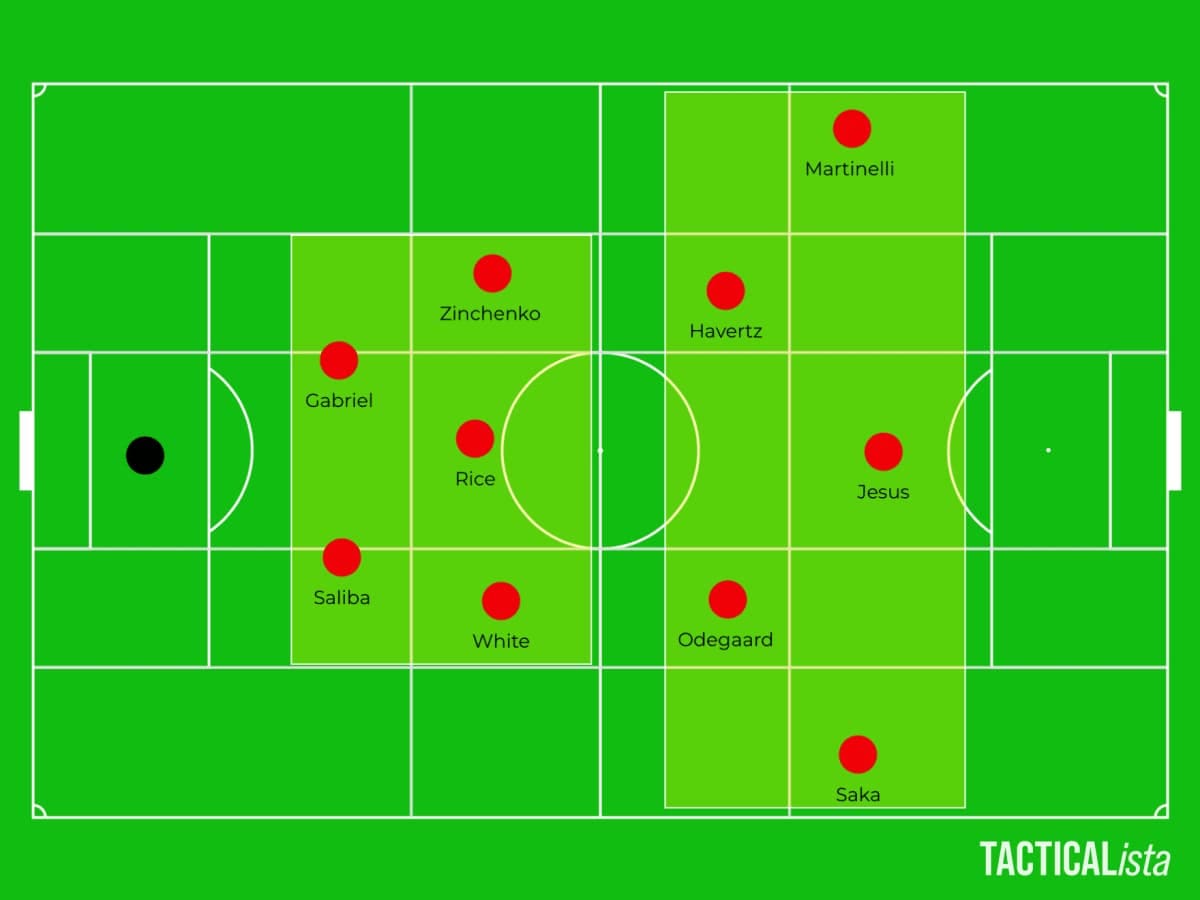
Some of the basic principles involves:
- Players who prefer to stay near the opponents’ goal and aim to advance the ball through the centre of the field. They time their movements well to help teammates keep the ball.
- When out-of-possession, they quickly try to regain the ball in the opponents’ last third and middle area of the field.
- They try to create situations where they have fewer defenders to face wider areas of the field, either for passing combinations or one-on-one duels.
- They feel comfortable defending large spaces in their own defensive third.
- Their main strategy is to keep possession of the ball and build their attack, unless the opponent is disoragnized, in which case they’ll try to counter swiftly.
In-Possession: Build-up Play
When playing out from deep positions, such as from a goal kick, Arsenal’s defensive structure undergoes a distinct shift. The back four spreads out horizontally, with the center-backs moving to the edges of the penalty box, while the midfielders remain centrally positioned. This setup creates passing options and stretches the opposition’s forward line, opening up space in other areas of the pitch.

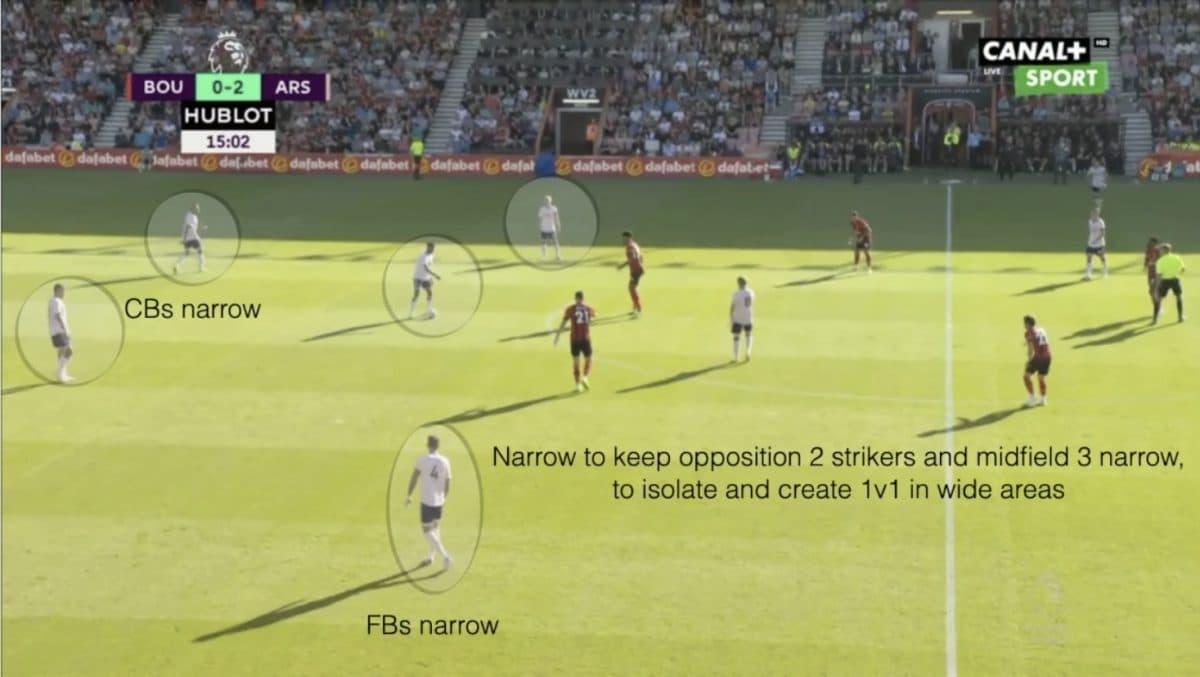
As the team progresses up the field, the defensive shape adjusts accordingly. When playing out from slightly higher positions, around the midpoint of the Arsenal half, the back three is formed. The right-back, Ben White, drops back to join the center-backs, creating a back three, while Oleksandr Zinchenko, positioned at left-back, tucks inside to occupy a central midfield role. This formation change allows for better coverage and passing angles in midfield.
Importance of Players’ Technical Abilities
To execute Arteta’s possession-based tactics effectively, all players on the pitch must be technically proficient. Starting from the back, goalkeeper David Raya showcases comfort and accuracy with his distribution. His long kicking, though unorthodox in technique, consistently finds its target. The defensive line, led by players like William Saliba and Gabriel Magalhães, possesses the ability to split opposition lines with accurate passes and intelligent positioning.
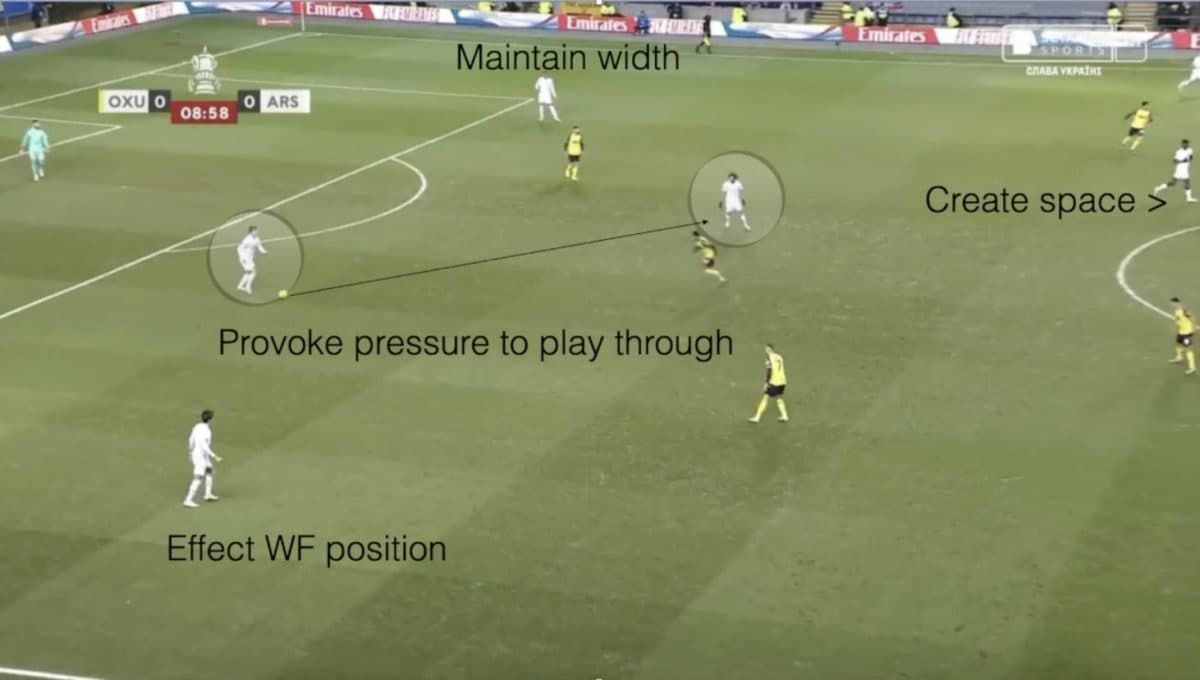
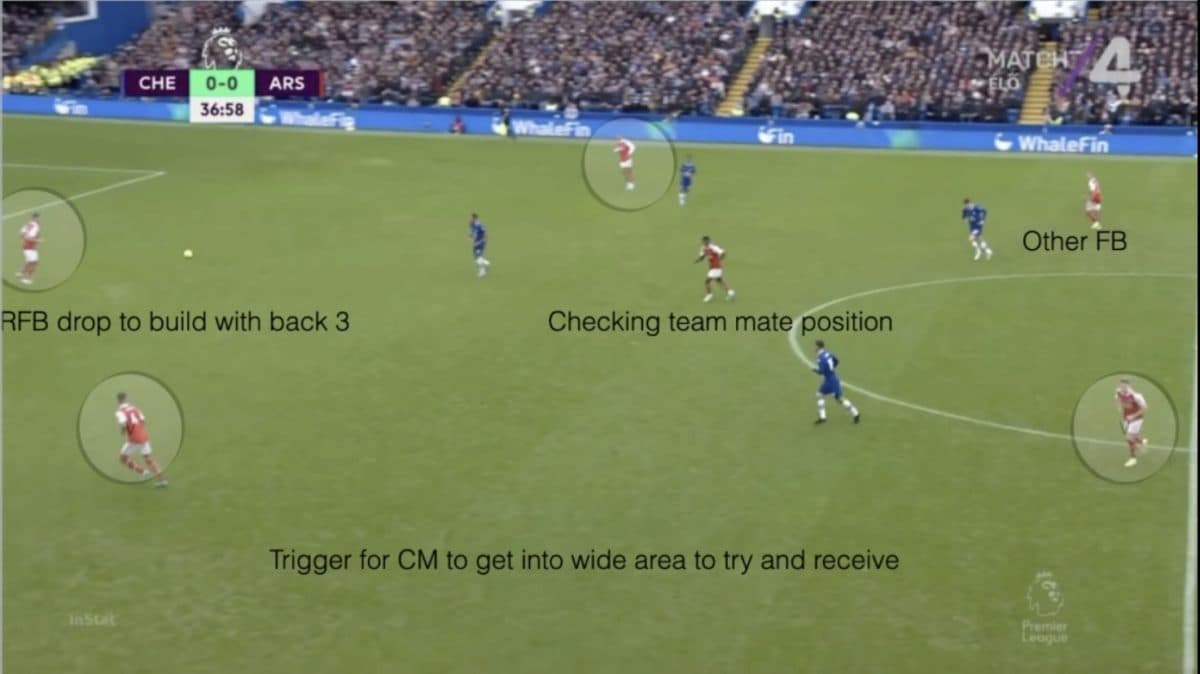
In midfield, players like Declan Rice and Oleksandr Zinchenko play crucial roles in progressing the ball and maintaining control. Rice’s physical presence combined with his composure under pressure allows him to turn out and play forward passes effectively. Zinchenko, although predominantly a left-back, tucks inside to partner Rice in a midfield role, showcasing his versatility and ability to contribute to Arsenal’s possession game.
Challenges in Breaking Down Low-Blocks
Despite Arsenal’s possession dominance, they often face challenges when trying to break down deep-defending teams. The narrowness of their attacking approach, with players like Saka and Gabriel Martinelli frequently cutting inside, can lead to congestion in the center of the pitch, making it difficult to penetrate compact defenses. This narrowness forces the wingers to beat multiple defenders, limiting their effectiveness.
Creative Solutions and Attacking Variations
To overcome the challenges of breaking down deep-defending teams, Arteta has implemented creative solutions within his tactical framework. One such solution involves getting additional players to support the wingers, either through overlapping runs or drifting into wider areas. Martin Odegaard, for instance, often drifts wide on the right to provide support and create numerical advantages. This approach enables Arsenal to exploit the space left by opposing defenses.
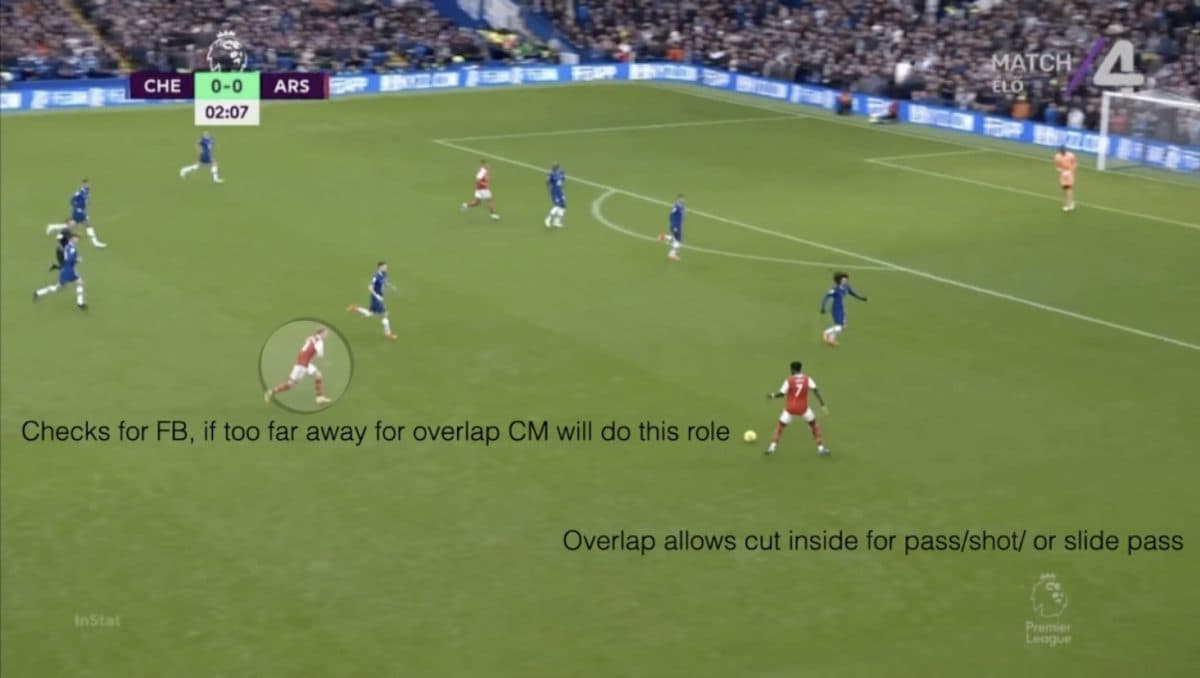
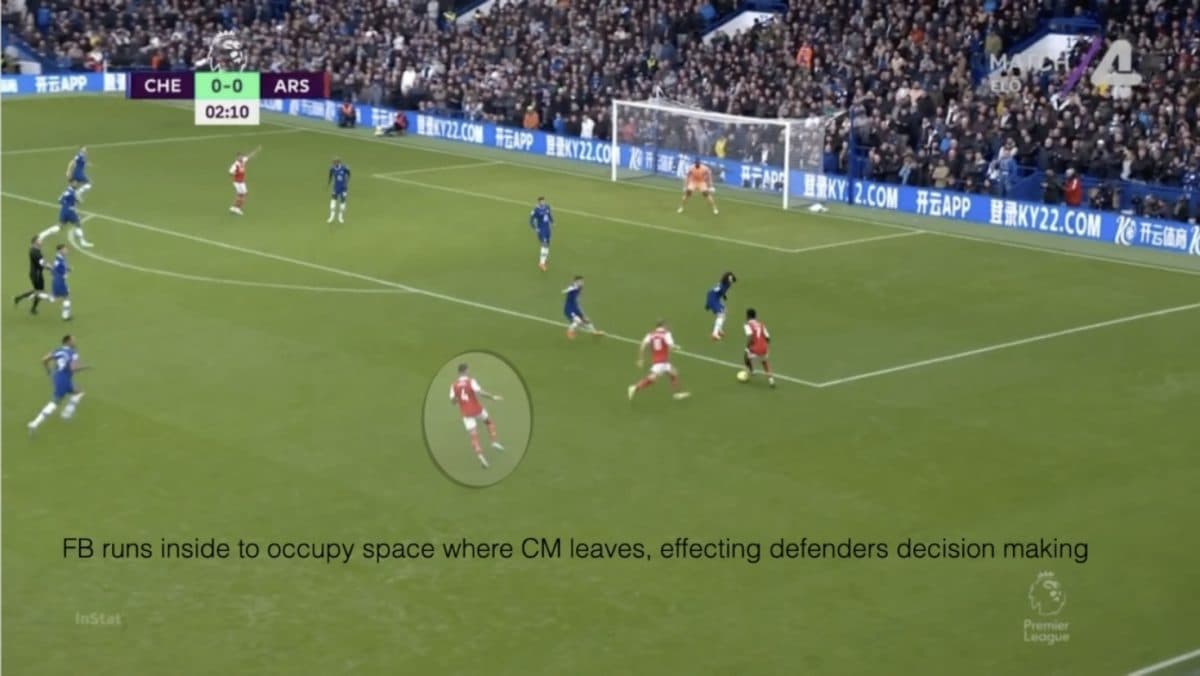

Effectively occupying all five vertical lanes and employing a wide array of combinations are crucial elements of Arsenal’s strategy in the final third. Strategic box movements are essential for displacing the opposition and creating space.
Defensive Organization
Arteta’s tactical approach isn’t solely focused on possession and attacking play. They has also implemented a structured defensive organization that allows Arsenal to press effectively and regain possession quickly. The team’s defensive shape varies, shifting between a 4-2-3-1 and a 4-4-2 formation, depending on the opposition’s tactics.

High-Pressing and Counter-Pressing
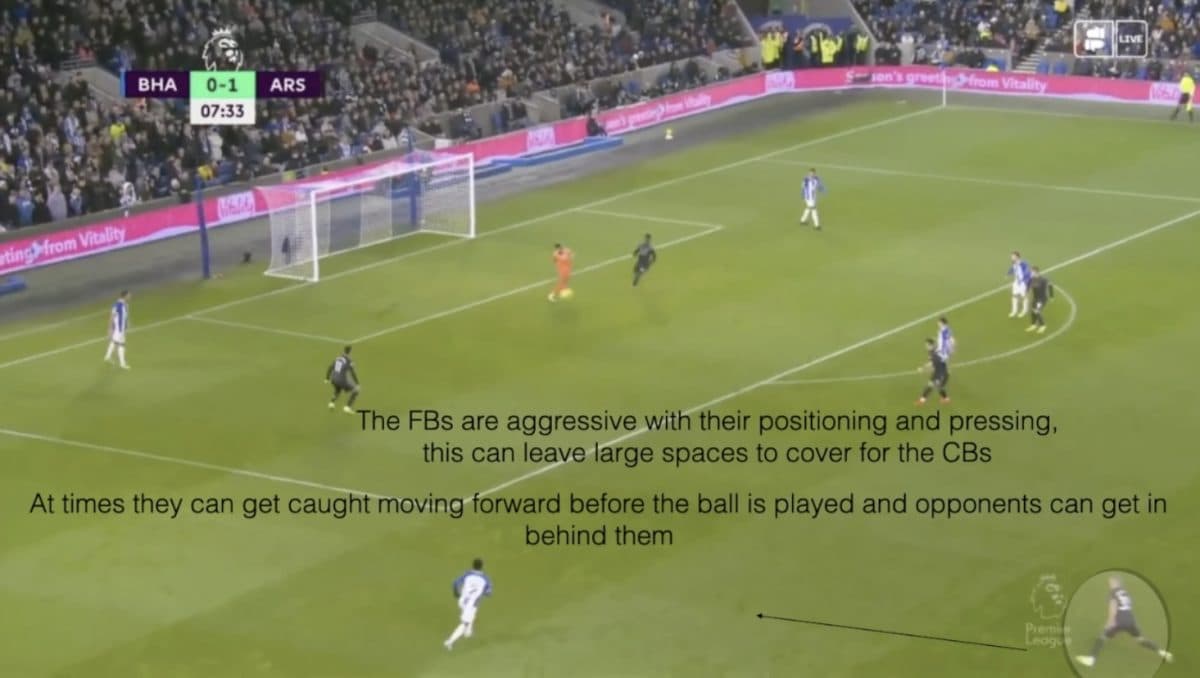

When defending, Arsenal utilizes a high pressing strategy, with Gabriel Jesus leading the charge by pressing the opposition’s center-backs and goalkeeper. The wingers, Saka and Martinelli, support the pressing by engaging the opposing full-backs. This coordinated approach aims to force turnovers and regain possession high up the pitch. The organization know as ‘Hybrid Pressing’ allows Arsenal to press more opposition players with less forward players up front and keep a solid defensive base in their own defensive third.
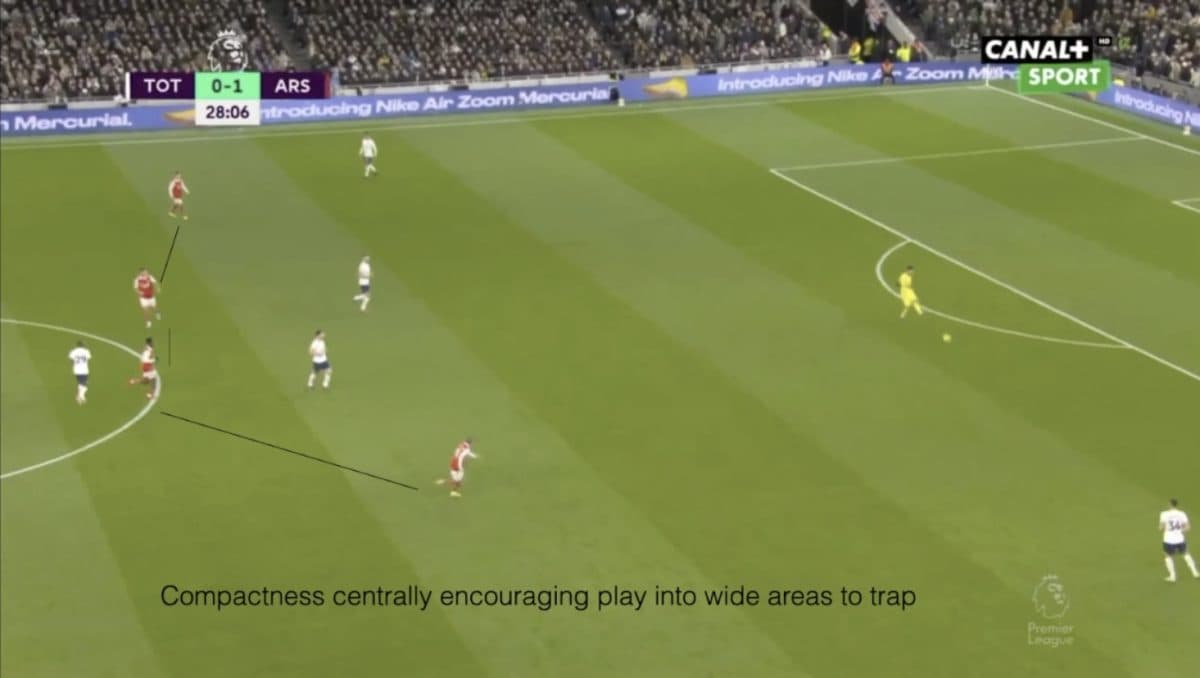
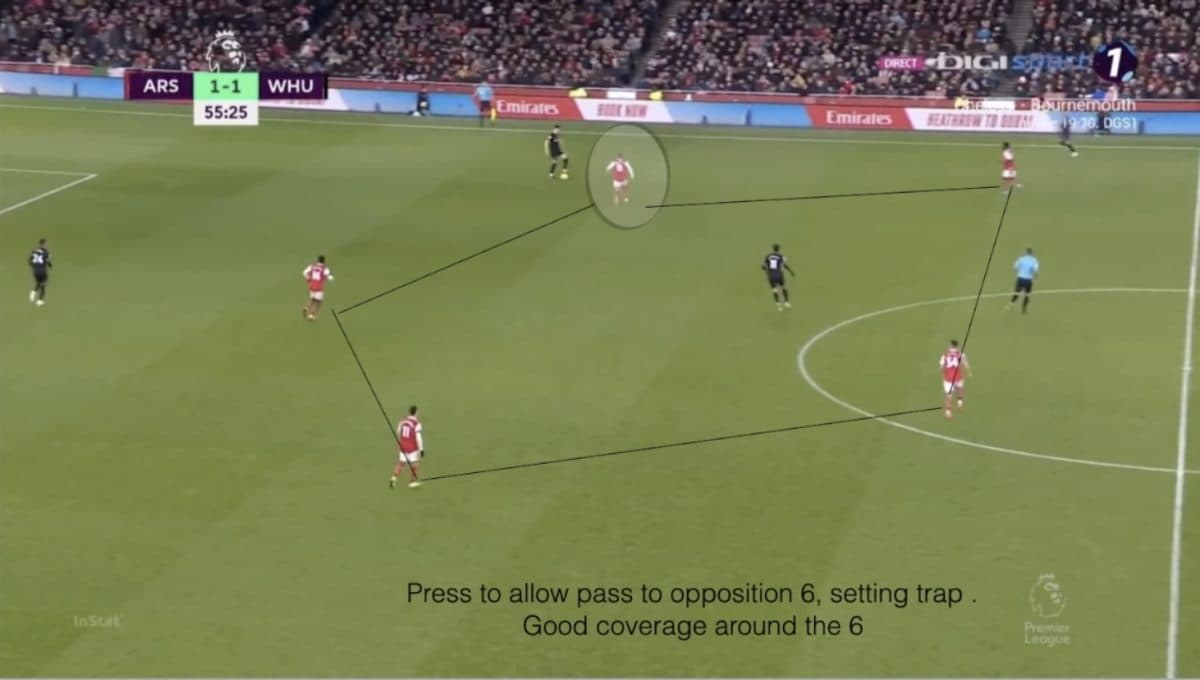
To counteract the potential weakness of the full-backs being caught high up the pitch during pressing, Arteta has implemented adaptations to maintain defensive stability. When the full-backs are pulled out of position, the center-backs cover the space and prevent easy access to goal-scoring opportunities. This defensive awareness and adaptability contribute to Arsenal’s improved defensive performances under Arteta.
Arsenal’s Evolution
In essence, Arsenal manager Mikel Arteta has assembled a team that blends the strengths of Liverpool and Manchester City. They rank either first or second in many categories that both Liverpool and Manchester City prioritize.
This demonstrates Arteta’s desire for unpredictability and his recognition of the importance of not only the technical aspects of the game but also the intelligence and physicality required to compete at the highest level.
Structural Transition
Arsenal underwent a structural evolution this season, prompting questions about whether this side is more fluid compared to last season, while also demonstrating significant defensive improvement. The acquisition of Declan Rice stands out as a key move in Arsenal’s pursuit of enhancing their transitional movements.

In the first phase, Arsenal’s approach appears largely unchanged, albeit with some adjustments when players like Rice or Zinchenko drop deep, causing the backline to widen and provide more options for ball progression.
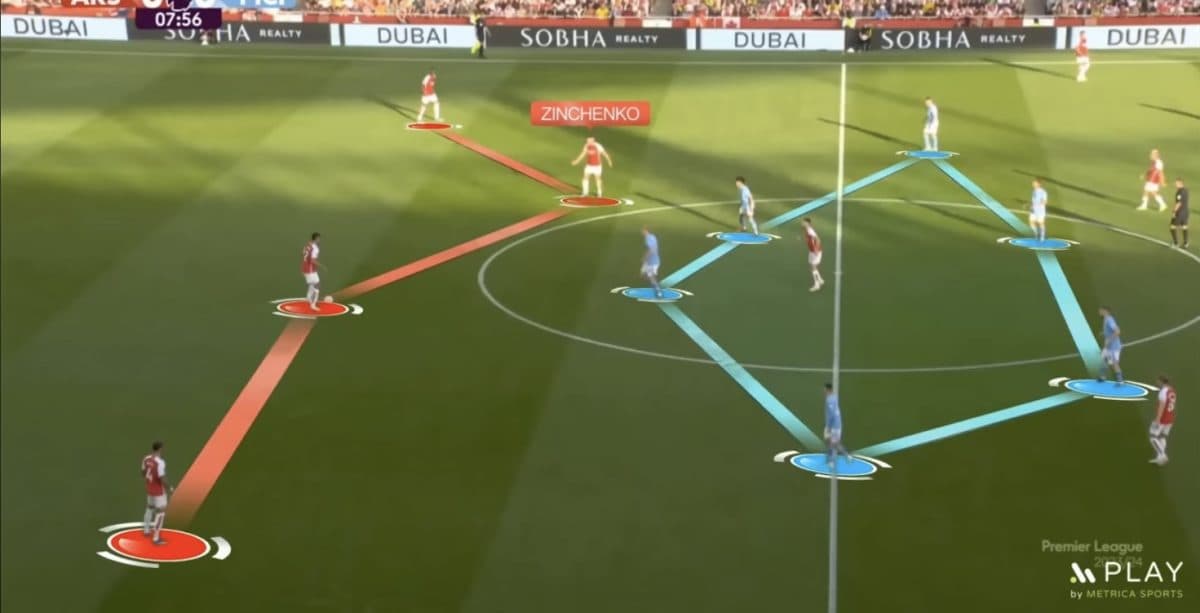
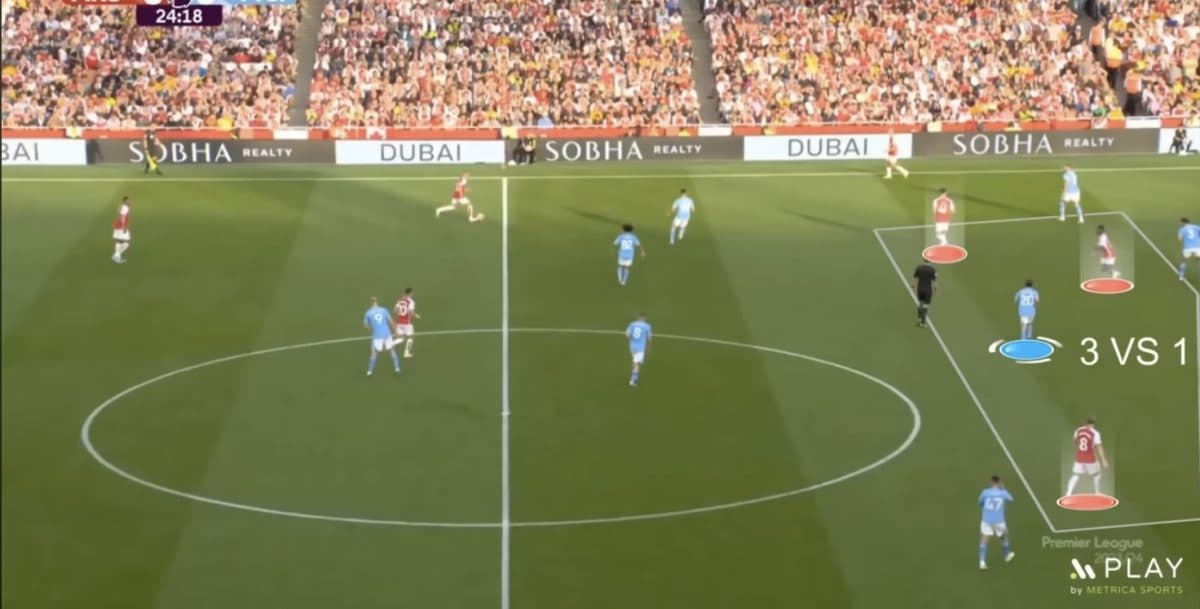
Arsenal has employed various setups against top 6 teams. Against Manchester City earlier this season, they stretched the backline wide and positioned players between the lines to overload the final third. This strategy, emphasizing wide overload and a bias towards the right side, remains evident, with players like Saka, Odegaard, and White collaborating to exploit defensive formations.

In their match against Liverpool, Arteta deployed Havertz upfront, not in a traditional number 9 role, but rather as a left half-space occupier. His task was to drop deep and win aerial duels, with Jorginho then distributing the ball to release wingers from wide areas. This approach, resembling a 4-2-4 shape, yielded excellent results and kept Arsenal competitive in the title race.
Hybrid Pressing
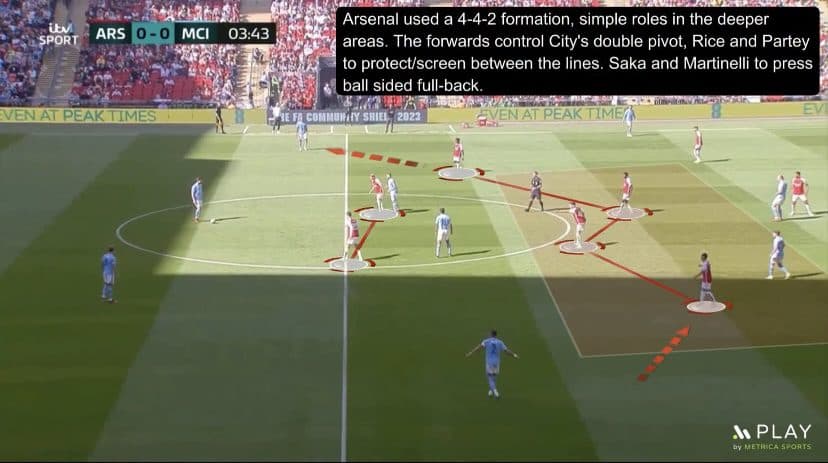
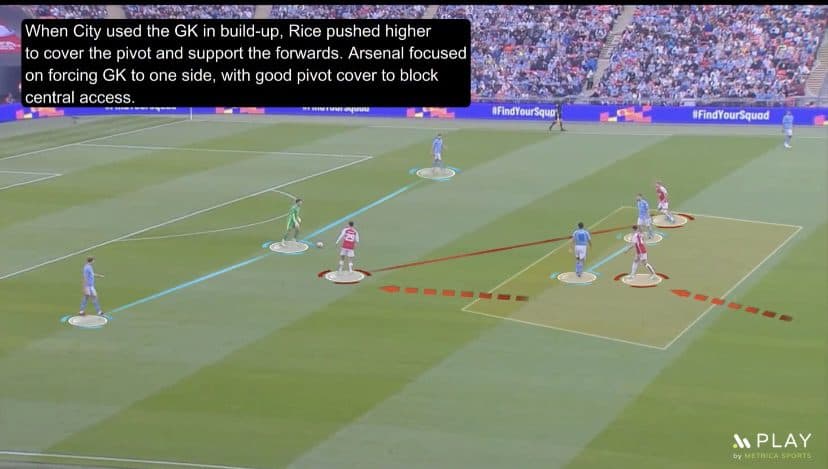
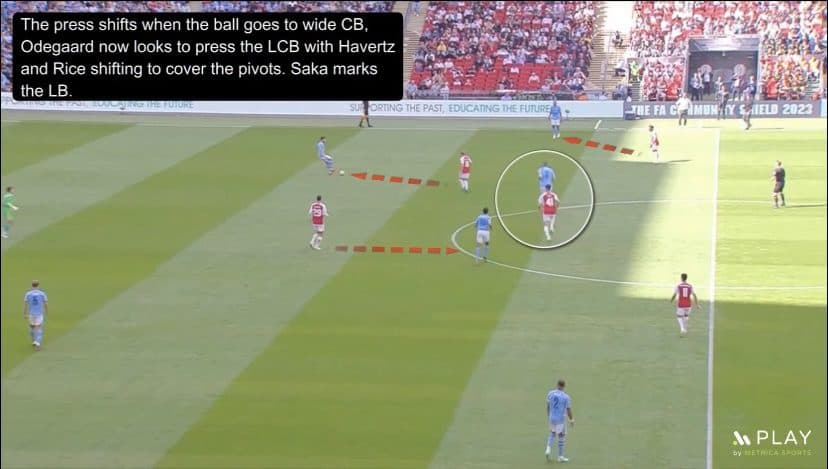
Arsenal’s most significant improvement this season has been in their pressing organization and defensive performances. Early in the season, they displayed aggression in their press against Manchester City in the Community Shield match. Rice, Havertz, and Odegaard led the press higher up the pitch, aiming to force play to one side and block wide channels. They also kept their wingers inside to overload the midfield and limit City’s space wide. This approach contributed to Arsenal winning the Community Shield and showcased their ambition for the league.
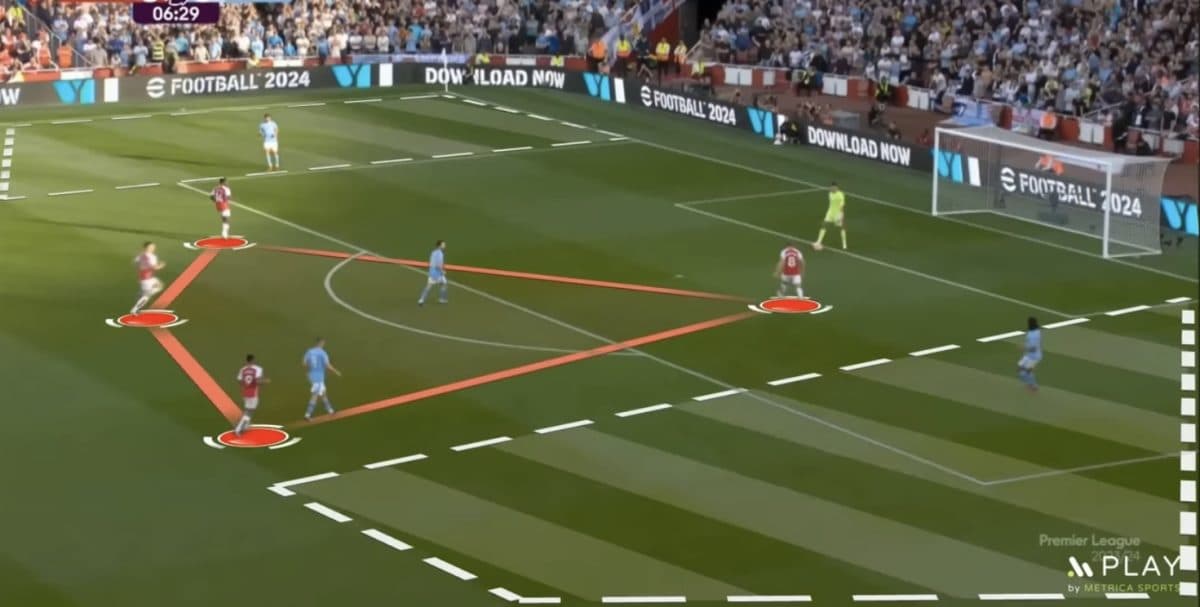

Arsenal typically maintains a 4-3-3 or 4-4-2 shape and employs a concept known as “hybrid pressing.” It combines elements of both zonal and player-oriented systems, aiming to balance structured zonal coverage with disruptive player-oriented pressing. This strategy involves full-backs and center-backs holding their markers until specific triggers prompt them to press higher and win the ball. Declan Rice’s positional awareness and physical attributes have been instrumental in Arsenal’s success in transitional movements.
Kai Havertz’s Impact
One of the key talking points concerning Arsenal has been the signing of Kai Havertz. Although he began slowly, Havertz has become a vital part of Arteta’s strategy this season, particularly against top 6 teams or physical opponents. His movements in the box and his versatility in adapting to various roles shine through when breaking down low-block defenses.
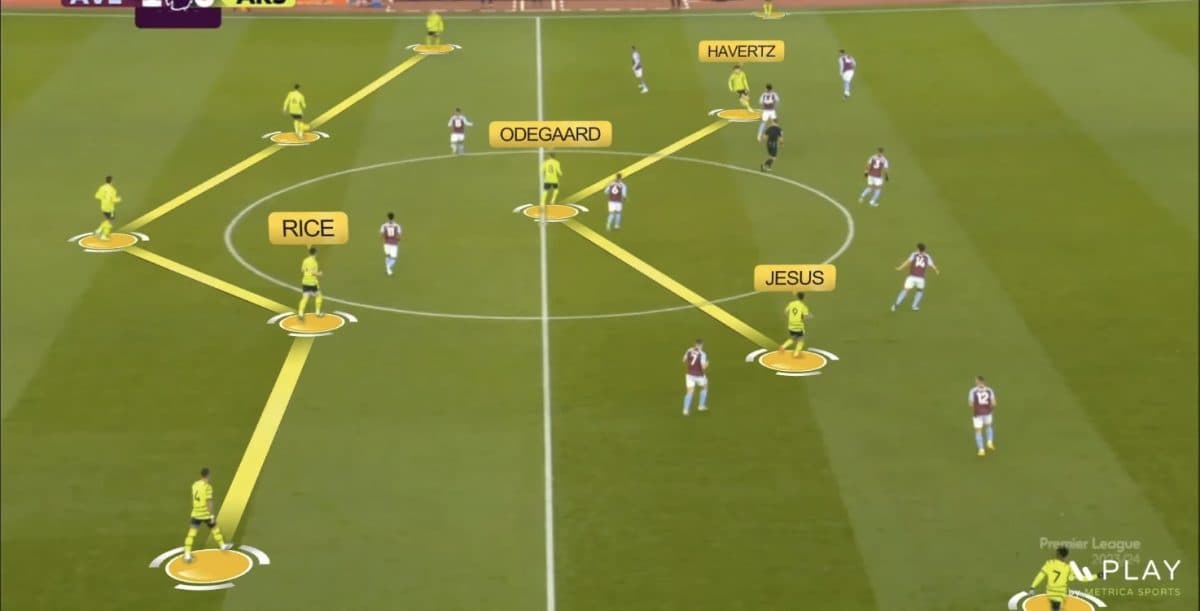
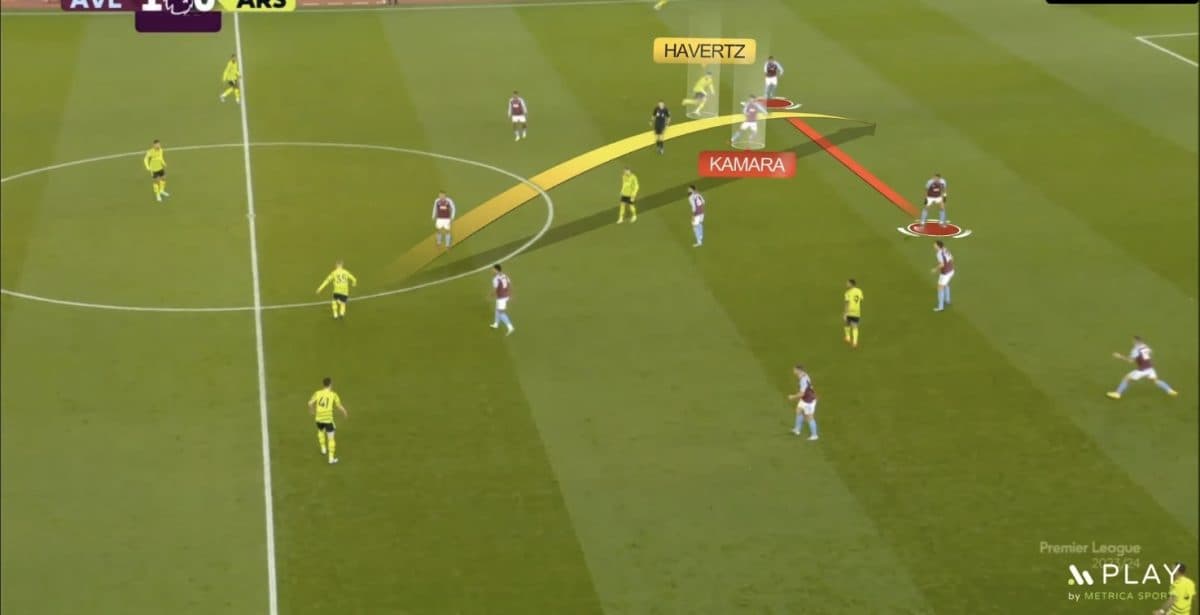
Kai Havertz has been positioned in multiple positions, but his tendency to favor the left side is noticeable. His utilization of the half space enables Arsenal to advance and penetrate the final third.
Problem-Solving
To some, it may appear counterintuitive for Arteta to implement a new setup that seems less refined compared to the free-flowing tactical structure of last season. However, these changes actually make Arsenal one of the most adaptable and tactically versatile sides in the world.
Role Playing

Traditionally, Arsenal positioned Odegaard between the lines and in the right half-space during attacks. If faced with overwhelming opposition press, he avoided dropping deep centrally and instead occupied the space left by the right back to receive the ball wide and advance play.
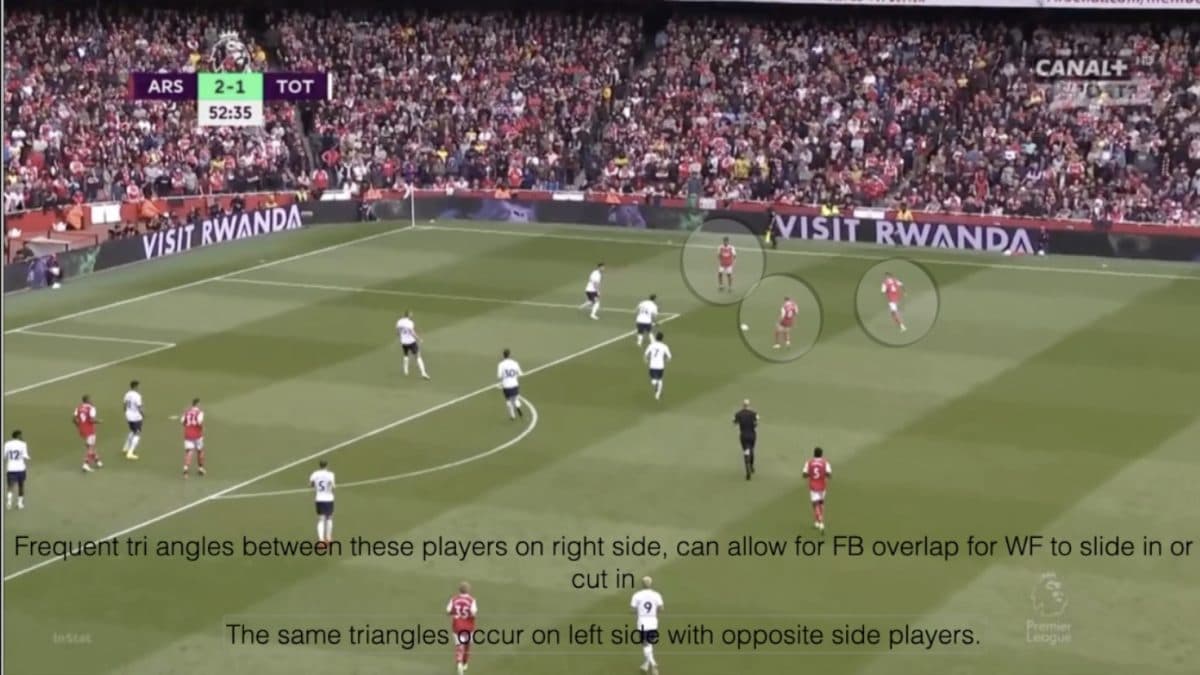
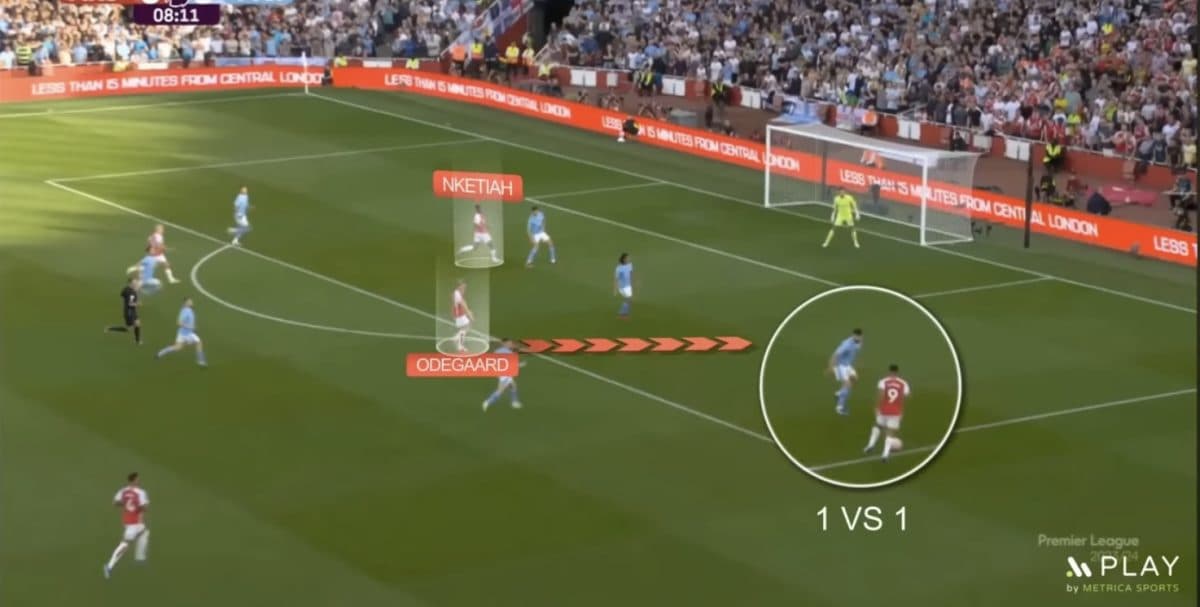
Once Arsenal bypassed the press and progressed to the final third, Odegaard would distribute to the wide player, often Saka, and linger around the edge of the box for interplays with White and Saka in the wide triangle. While effective, this tactic became predictable, prompting opposition managers to focus on neutralizing Arsenal’s creative hub on the right-hand side.
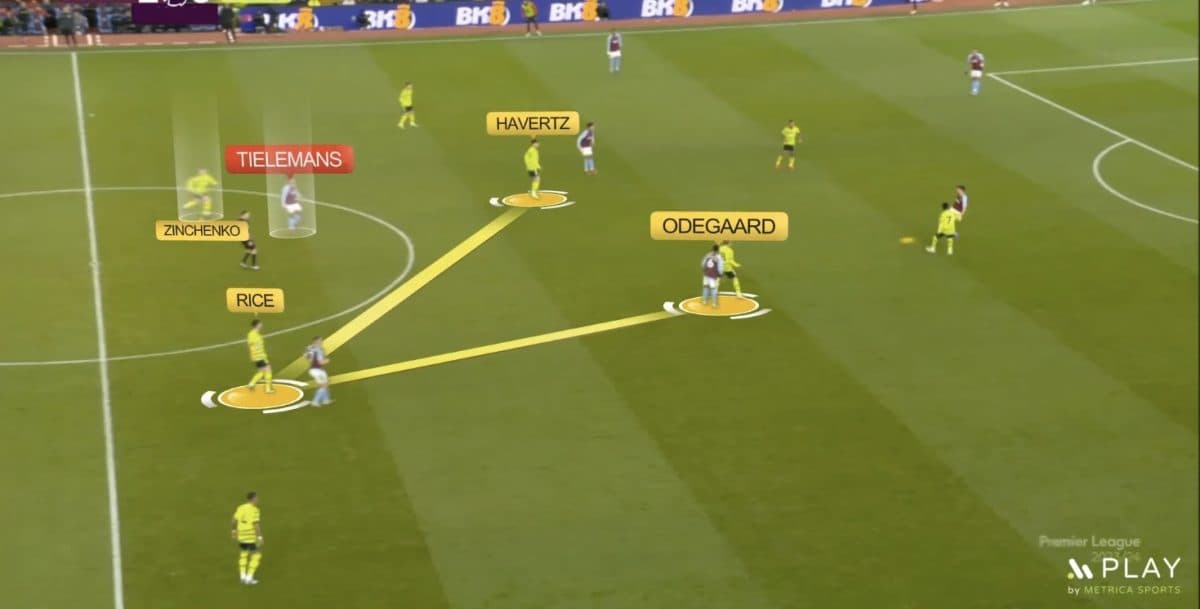
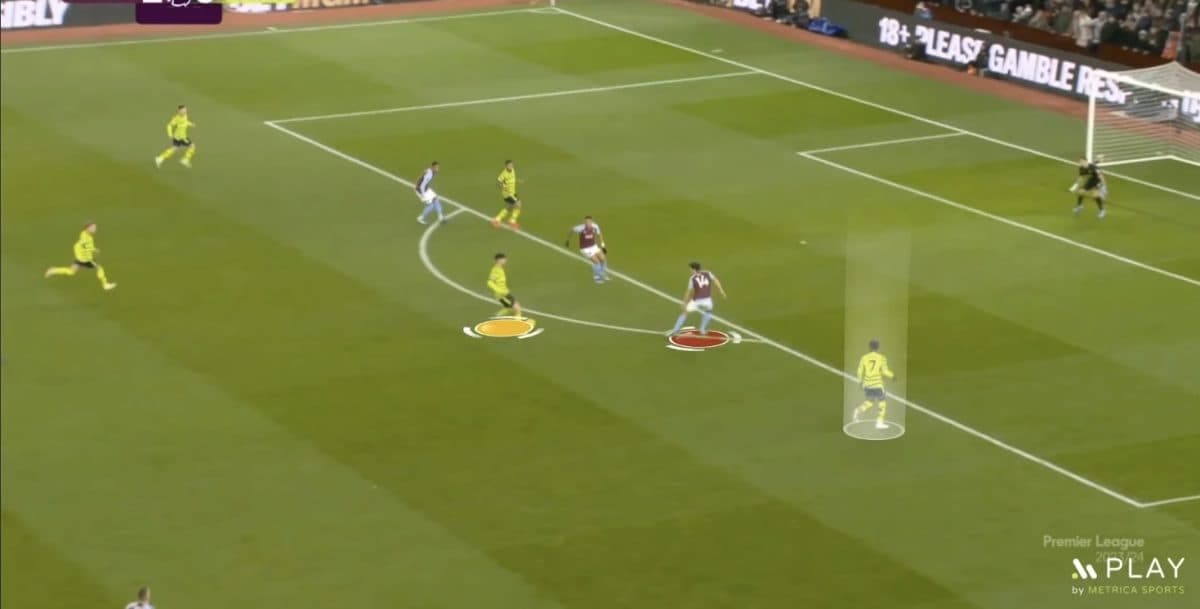
Arteta recognized this trend and sought to introduce chaos into Arsenal’s tactics. While not abandoning the old methods entirely, he incorporated new tactical solutions to complement them. For instance, Arsenal’s forwards now initiate movements to draw opposing defenders narrower, creating gaps on the wings and in the middle.
Tactical Solutions
Playing with two forwards occupying the opposition’s backline, a strategy previously thought outdated, has seen a resurgence, with teams like Barcelona, Arsenal, and Manchester City adopting it with variations.
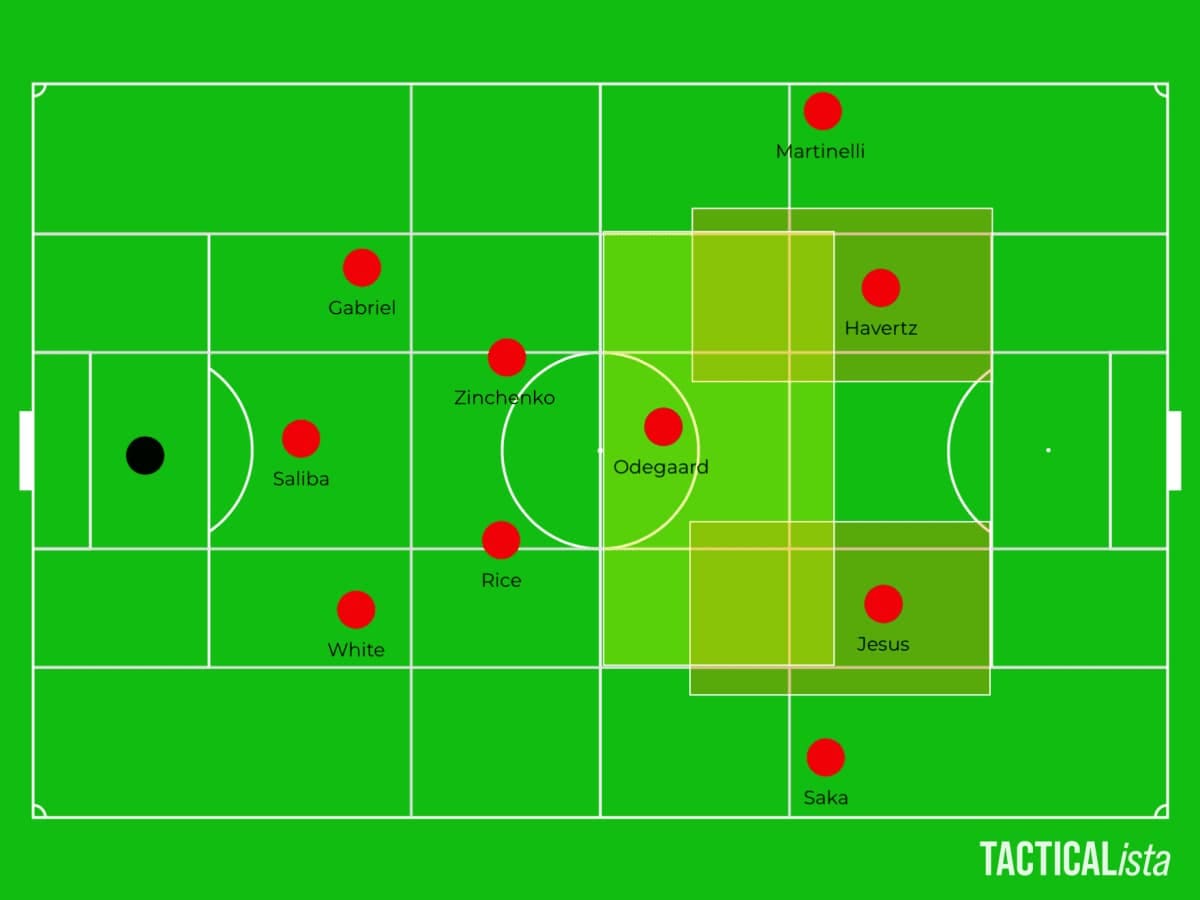
In this new setup, Odegaard plays a free role, dropping deep to create numerical superiority in midfield. This forces opposing pivots to follow him, leaving gaps exploited by Arsenal’s shadow strikers or wide players.
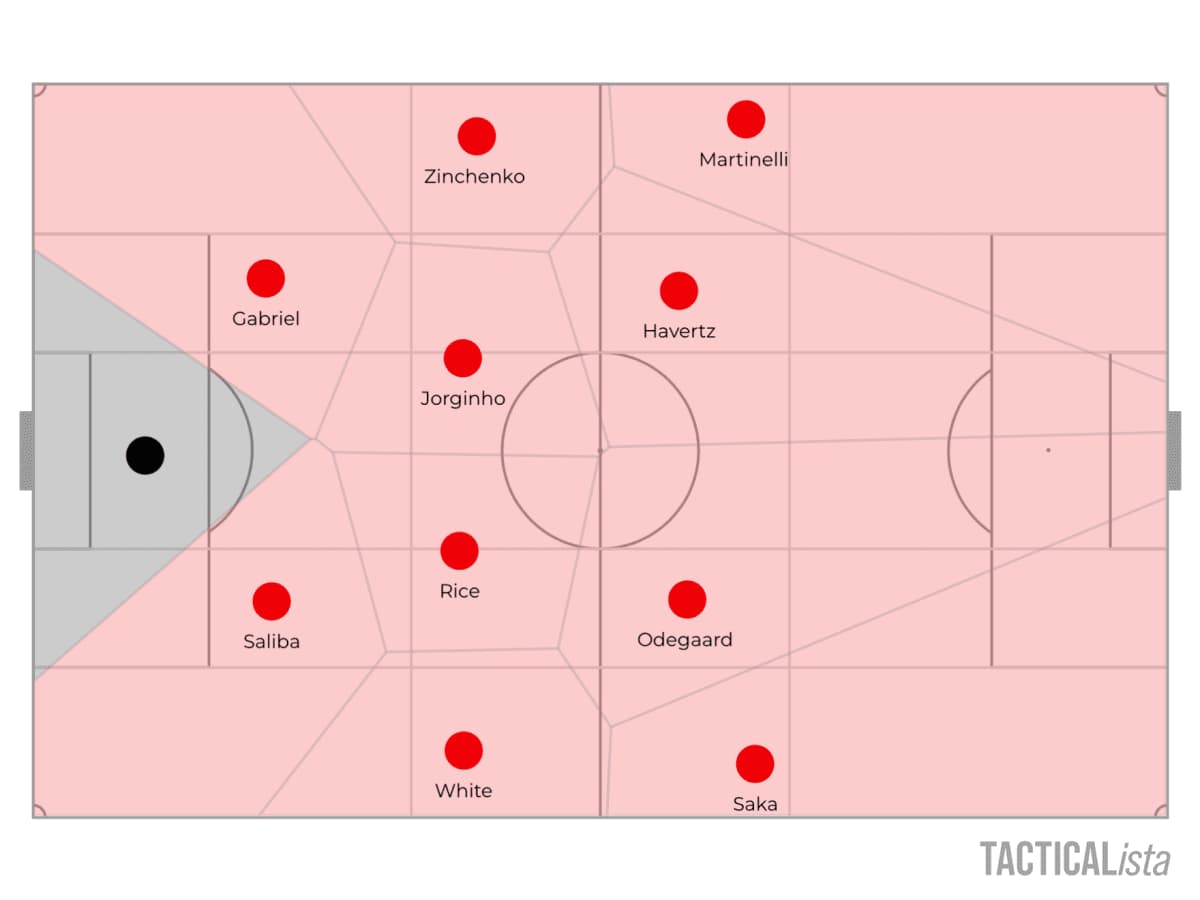
This chaotic yet intriguing setup, particularly effective in big games, sees Arsenal adopting a more direct approach at times. Knockdowns from the forwards into oncoming wingers and technicians aiming to claim second balls are now common, allowing Arsenal’s elite players ample space and time to exploit opponents’ defensive disorganization.
David Raya’s Impact
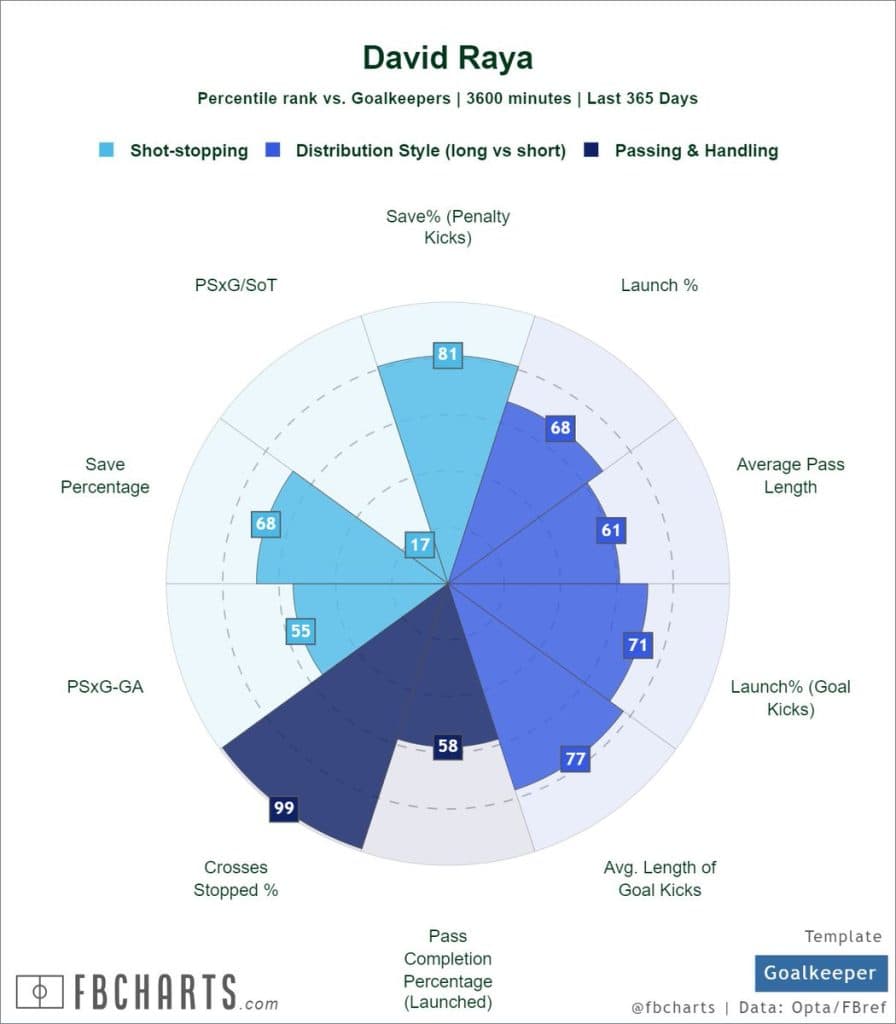
If opposing teams find it difficult to break through, one tactical solution they may resort to is sending balls into the box, whether from set-pieces or open play.
Arsenal’s defensive solidity can be attributed in part to David Raya’s exceptional ability to intercept deliveries and claim aerial balls.
Furthermore, Havertz’s proficiency in aerial duels contributes to Arsenal’s success in winning second balls, allowing them to quickly transition and release wingers behind the opposition’s defensive line. Raya’s distribution is a huge aspect to how Arsenal escape pressure and changes their buildup approach depending on situations.
Conclusion
Under the guidance of Mikel Arteta, Arsenal are undergoing a tactical revolution that aims to revive the club’s fortunes. The possession-based philosophy, coupled with a structured defensive organization, has brought about positive changes in Arsenal’s style of play. While there are challenges to overcome, Arteta’s emphasis on technical proficiency and creative solutions is positioning Arsenal for success. With continued development and further squad improvements, the Gunners are poised to reclaim their position among English football’s elite.


